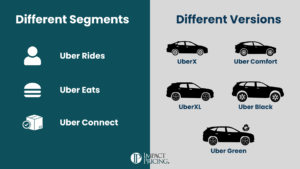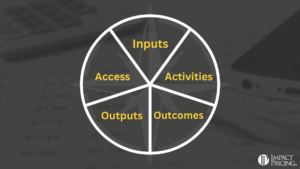Let’s take a stroll back in history. A New York Times article from 2010 detailed the changing pricing strategy by some major league baseball teams; rather than standard prices across games, they charged different prices for different games. This was based on demand, and also demand-creating/demand-reducing variables such as weather, the opposing team, the day of the week, who would be pitching, and so on.
All I can say is … what took them so long?
2 Lessons to Learn from MLB’s Pricing Strategy
There are two important lessons to take from this strategy.
First, this is a great example of product categorization – that is, it is okay to charge different prices for different products (every baseball game is different). This differentiated pricing is also used by airlines. In either industry, they can adjust prices up or down based on how many tickets have sold at certain times. Although, ball-parks have an added advantage of information: the rivals, the best pitchers, and even the weather forecast.
The second key lesson here is this: just because you’ve always done something a certain way, doesn’t mean you can’t or shouldn’t do it differently in the future. I remember when Barry Bonds was about to break the home run record (yes, I’m old). Those games at the Giants stadium were packed. Unfortunately, the Giants weren’t charging more for tickets for those games. It was a missed opportunity – hopefully, they won’t miss the next one.
I would guess it’ll be within the next few years when we see this kind of differentiated pricing at places like movie theaters. A cinema with 20 screens could charge more for the latest and/or most highly anticipated movie, than for a movie that has been out for a few weeks. After all, they’ve been charging more for 3-D showings, so it’s only a matter of time. Can you think of any other examples where the current practices in an industry don’t take advantage of differential pricing?
The action you can take
Take this moment to re-think pricing on your products. Do your customers get more value out of one of your products than another? Do you charge more for it?















